- Government
- Posted
Over 8,000 BERs registered since January
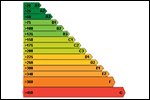
There has been a significant and sustained increase in the number of Building Energy Rating (BER) assessments being completed and published since January 1, when it became mandatory by law for all dwellings offered for sale or lease, both new and existing, to have a BER certificate.
There has been a significant and sustained increase in the number of
Building Energy Rating (BER) assessments being completed and published
since January 1, when it became mandatory by law for all dwellings
offered for sale or lease, both new and existing, to have a BER
certificate.
On average, 250 BER assessments per day have been registered with SEI since January 1 with 8,658 assessments now registered in total and published on the Sustainable Energy Ireland (SEI) website at www.sei.ie/ber.
Kevin O’Rourke, head of built environment, SEI said: “Homeowners have responded very positively to their obligation to provide a BER certificate when offering a property for sale or rent. It is clear that the consumer information campaign to support the roll out of BER to existing homes since 1st January is having the desired impact. This has also been supported by the combined efforts of the auctioneering and legal professions to ensure that a BER is provided as part of the sale and conveyancing process.”
“The conditions for a healthy competitive market for this service are now very much in place. The high numbers of registered assessors and of certified assessors will ensure that there are sufficient assessors to meet foreseeable market demand. An increasingly competitive range of fees and services are on offer in the market and there are also opportunities for economies of scale where, for example, property management companies or housing associations are organising large numbers of units to be assessed concurrently,” he said.
A BER, which is a requirement of the EU Energy Performance of Buildings Directive, is similar to the energy label on a fridge and carries a scale from A-G, with A being the most efficient. The BER makes the energy performance of a home visible to prospective buyers and tenants and enables them to take energy performance into consideration in their building purchase or rental decision.
There had been widespread concerns in the industry about the quality of BER assessors. Patrick Duffy, director of Nicer Training, said that moves were afoot to address this:
“SEI has improved the training specifications considerably to make it easier for training providers to know exactly what they have to deliver," he told Construct Ireland , "thereby improving the outcomes of the training and quality of the assessors. The improvements in the software have made it easier and more logical to use. SEI are now involved in a QA programme which be can expected to show further improvements, culminating in the introduction of a national exam later in the year".
Duffy said that, based on his experience as a trainer, many people within the building industry are showing the necessary skills and application to become good BER assessors.
"We have found that a lot of people who have inherently good training in various disciplines can make very good BER assessors," he said. "This is not just confined to architects and engineers. A number of professions where people tend to work in a very methodical way, such as surveyors, will tend to do very well."
According to Duffy, there are other issues related to BER which demand further improvement, such as the system for generating advisory reports which acompany BER certs.
"They [SEI] have very much deskilled the delivery of recommendations by use of preformatted default statements," he said. "They’ve made the advisory report excessively bland. While one can understand their fears of BER assessors causing problems with condensation et cetera due to recommending inappropriate measures, it seems a pity that the alternative results in such a bland, anodyne set of recommendations".
Related items
-
 Wales unveils net zero pattern book
Wales unveils net zero pattern book -
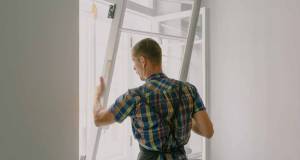 Chartered Institute of Building urges VAT overhaul to encourage reuse and renovation
Chartered Institute of Building urges VAT overhaul to encourage reuse and renovation -
WorldGBC launches green building policy principles for governments
-
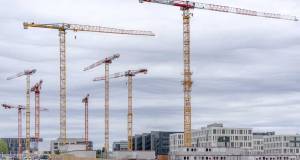 Climate action plan sets embodied carbon targets for construction
Climate action plan sets embodied carbon targets for construction -
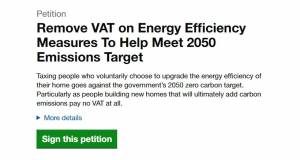 New drive to cut VAT on MVHR systems
New drive to cut VAT on MVHR systems -
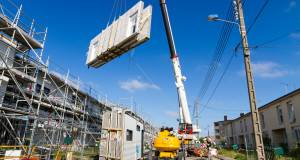 Programme for government aims for 500,000 retrofits
Programme for government aims for 500,000 retrofits

